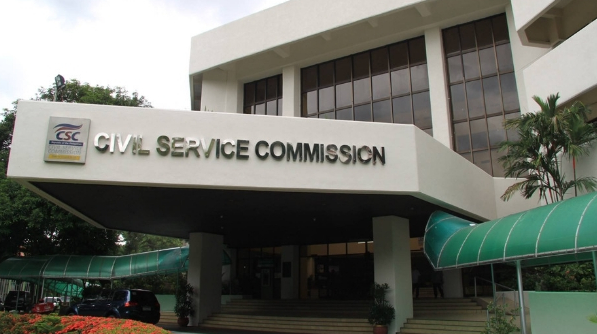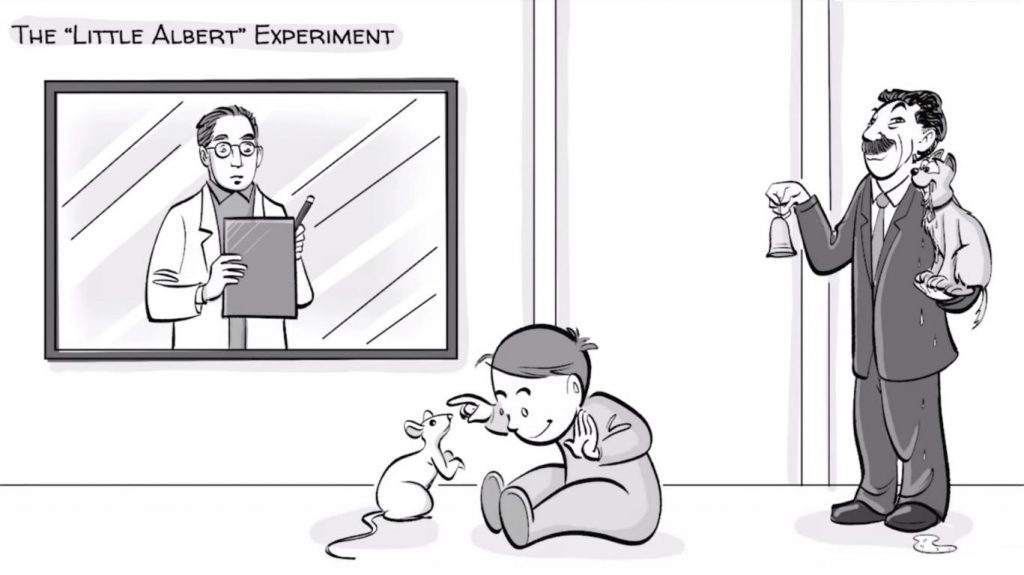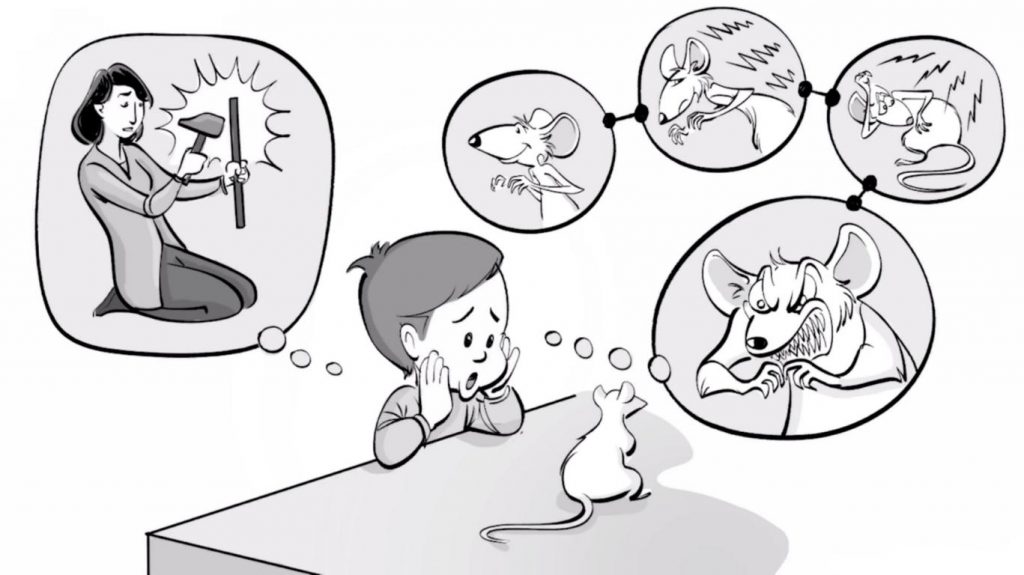My Homework Helpers
Let's Learn in a Simple Way
Saturday, 17 July 2021
John Dewey’s 4 Principles of Progressive Education (Video Only)
Watson’s Theory of Behaviorism
Watson’s Theory of Behaviorism
J.B. Watson was an American psychologist best known for coding and popularizing a school of psychology called Behaviorism. Unlike the ‘original’ Freudian psychology which explored the unconscious, emotional, and other intangible concepts, Watson proposed that psychology should study observable behaviors measurable through the scientific method. He is best known for demonstrating this through the Little Albert experiment and the ‘dozen healthy infants quote’. His compelling theory however fell short of success in practice as Watson himself experienced. While Watson’s practice and legacy have been hotly debated for decades now, he remains among the most influential psychologists of the 20th century. Read on to see why!
How to Solve Ratios and Proportions?
Ratios and Proportions
Ratios
- 2 boys for every 3 girls
- 2 to 3
- 2:3
- 2/3
Proportions
- 2:3 = 6:9
Here are some examples:
 |
| Calculating Ratio and Proportion |
Civil Service Exam Requirements for 2021 - Professional and Sub-Professional
Civil Service Exam Requirements 2021
Qualifications/Admission Requirements
Application Requirements
Where to Get and File Application Forms
1) A complete directory of CSC Regional and Field Offices nationwide is available at the CSC website www.csc.gov.ph for reference.2) Only applications with a COMPLETE set of application documentary requirements under Item D of this Announcement must be submitted to the CSC Regional/Field Office.3) Proper attire should be worn during filing of application. SLEEVELESS SHIRT/BLOUSE, SHORTS/SHORT PANTS, and SLIPPERS are NOT allowed.
Scope of Examination
Professional Level (Prof)
- Numerical Ability (basic operations, word problems)
- Analytical Ability (word association, identifying assumptions and conclusions, logic, data interpretation)
- Verbal Ability (grammar and correct usage, vocabulary, paragraph organization, reading comprehension)
SubProfessional Level (SubProf)
- Numerical Ability (basic operations, word problems)
- Clerical Ability (filing, spelling)
- Verbal Ability (grammar and correct usage, vocabulary, paragraph organization, reading comprehension)
Passing Grade and Release of Results
Who is exempted from taking the Civil Service Exam?
Who is exempted from taking the Civil Service Exam? Here's the list of 11 eligibility
 |
| The Civil Service Commission (CSC) announces eligibilities granted under special laws and CSC issuances. |
Here are the basic requirements to pre-qualify for the special eligibility:
Here are the 11 eligibilities granted under special laws and CSC issuances:
- BHW must have at least two years in college education leading to a college degree and five years of active and satisfactory service as a BHW to the community
- The services must be voluntary, meaning, the BHW has not been employed and has not received any form of salary, or compensation, except honorarium, in the entirety of the five-year period for service requirement
- The services rendered must be continuous for a minimum period of five (5) years, meaning, the BHW should have served actively and satisfactorily on a full-time basis.
- The applicant-BHW should already have been accredited by the Local Health Board before rendering the five-year service requirement.
- BHW who had been hired by an agency under Job Order status and/or Contract of Service may still avail of/qualify for the grant of BHWE.
- Astronomy - Astrophysics
- Biological Sciences - Biology (S & T), Microbiology, Botany, Molecular Biology and Biotechnology, Ecology, Physical Anthropology, Marine Biology and Zoology
- Geological Sciences - Archeology, Geophysics, Paleontology, Seismology
- Meteorology
- Oceanography
- Physics/Applied Physics
- Biological Engineering, Manufacturing Engineering, Ceramic Engineering, Materials Engineering, Computer Engineering, Mechatronics Engineering, Food Engineering, Petroleum Engineering, Geothermal Engineering, Railway Engineering, Industrial Engineering, Textile Engineering, Nuclear Engineering
- Applied Mathematics, Computer Science, Information Technology, Pure Mathematics, Statistics
- Environmental Science, Food Science
Erickson's 8 Stages of Psychosocial Development
Stages of Psychosocial Development
 |
Stage 1: Trust vs. Mistrust
Overview
This first stage of psychosocial development consists of:
- Psychosocial Conflict: Trust versus mistrust
- Major Question: "Can I trust the people around me?"
- Basic Virtue: Hope
- Important Event: Feeding
This first stage of psychosocial development consists of:
- Psychosocial Conflict: Trust versus mistrust
- Major Question: "Can I trust the people around me?"
- Basic Virtue: Hope
- Important Event: Feeding
Stage 2: Autonomy vs. Shame/Doubt
Overview
- Psychosocial Conflict: Autonomy versus shame and doubt
- Major Question: "Can I do things myself or am I reliant on the help of others?"
- Basic Virtue: Will
- Important Event(s): Toilet training
Stage 3: Initiative vs. Guilt
Overview:
- Psychosocial Conflict: Initiative versus Guilt
- Major Question: “Am I good or bad?”
- Basic Virtue: Purpose
- Important Event(s): Exploration, Play
Stage 4: Industry vs. Inferiority
Overview
- Psychosocial Conflict: Industry vs. Inferiority
- Major Question: "How can I be good?"
- Basic Virtue: Competence
- Important Event(s): School
Stage 5: Identity vs. Role Confusion
Overview
Stage 6: Intimacy vs. Isolation
Overview
Stage 7: Generativity vs. Stagnation
Overview
- Psychosocial Conflict: Generativity Versus Stagnation
- Major Question: "How can I contribute to the world?"
- Basic Virtue: Care
- Important Event(s): Parenthood and Work
Stage 8: Integrity vs. Despair
Overview
-
Ratios and Proportions A ratio is a comparison between quantities. A proportion is a set of ratios that are equal. Ratios in a p...
-
John Dewey’s 4 Principles of Progressive Education There are only a few ideas that had as much of an impact on education as those of John De...
-
Civil Service Exam Requirements 2021 The CSE is a general ability test designed to measure an individual’s preparedness to enter gov...






:max_bytes(150000):strip_icc():format(webp)/trust-versus-mistrust-2795741_final-282d89dee936420cacd0c6c78a2e7201.png)
:max_bytes(150000):strip_icc():format(webp)/autonomy-versus-shame-and-doubt-2795733_final_CORRECTED-7aa7f699ad2e42689b3960bcaa2dc629.png)
:max_bytes(150000):strip_icc():format(webp)/initiative-versus-guilt-2795737_final-98da3b776c494ff5a7cf5be9bd1c8776.png)
:max_bytes(150000):strip_icc():format(webp)/industry-versus-inferiority-2795736_final-e60910d766f749c29ef721279de76f27.png)
:max_bytes(150000):strip_icc():format(webp)/identity-versus-confusion-2795735_final-3278de45d9ea44c6b07cb764c5f32a41.png)
:max_bytes(150000):strip_icc():format(webp)/intimacy-versus-isolation-2795739_final-ccba1711f55a49478c8c50f1b4d4fda7.png)
:max_bytes(150000):strip_icc():format(webp)/generativity-versus-stagnation-2795734_final-5c8f932aee014b88ab434712513222b2.png)
:max_bytes(150000):strip_icc():format(webp)/integrity-versus-despair-2795738_final-3ab514fd57c04d448d3679baae69cf67.png)
